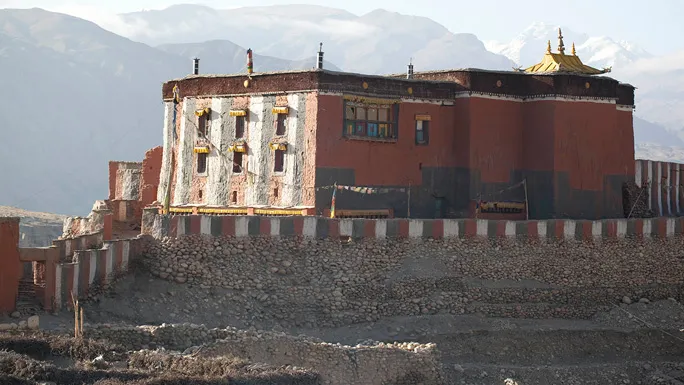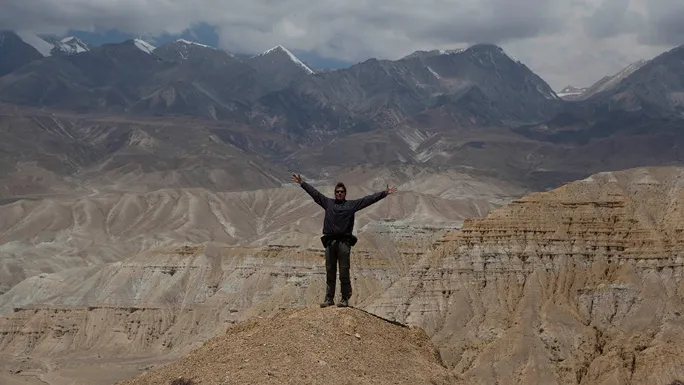To trek in Upper Mustang is an uncommon benefit. Here you will encounter the lifestyle of genuine mountain individuals, who were very little in contact with whatever remains of Nepal for a long time, and even up to this point had an authoritatively perceived lord.
From multiple points of view, a trek into Upper Mustang is like trekking in Tibet, as geologically it is a piece of the Tibetan level. The area of Mustang was, until 1950, a different kingdom inside the limits of Nepal. The last ruler, the Raja of Mustang, still has his home in the old capital known as Lo Manthang.

Upper Mustang was opened to non-Nepali trekkers just around fifteen years back and even today, get to is still very confined. To enter Upper Mustang, that is to movement assist north from Kagbeni, trekkers require extraordinary trekking license and should be joined by a legislature named officer.
Upper Mustang, being in the Himalayan rain shadow, is one of the locales in the nation reasonable for trekking notwithstanding amid storms. Amid this time, the upper Kali Gandaki valley is still very dry with just intermittent precipitation.

The Mustang trek is not particularly difficult, the highest point reached being only 3,800 meters, but the conditions at times can be arduous. Mustang is cold in winter and is always windy and dusty through the year. Winter treks are best avoided due to harsh weather.
There are few accommodation facilities available above Kagbeni, so groups must be fully self-sufficient, especially in fuel. While porters are available in Jomsom it is preferable to use mules to carry the loads up to Mustang. These pack animals are available locally and are more economical, and certainly more environmentally friendly than porters.

Mustang trek requires a minimum of 9 days, starting and ending in Kagbeni. This allows the trek to be completed within the 10-day period that the permit allows. The route generally follows the Kali Gandaki valley but, occasionally climbs high above the valley walls.
The settlements are scattered and there is little sign of cultivation between villages. In Mustang, little grows without irrigation, thus the region resembles a desert albeit mountainous, nuclear settlements in fertile areas.
Lo Manthang, the old capital, is reached in four days and at least one extra day should be spent here to catch the sights and sound of this unique walled settlement. Ponies are available for hire if you so desire. The return trip can either follow the same route while entering or, as an alternative route, the eastern bank of the Kali Gandaki may be followed.